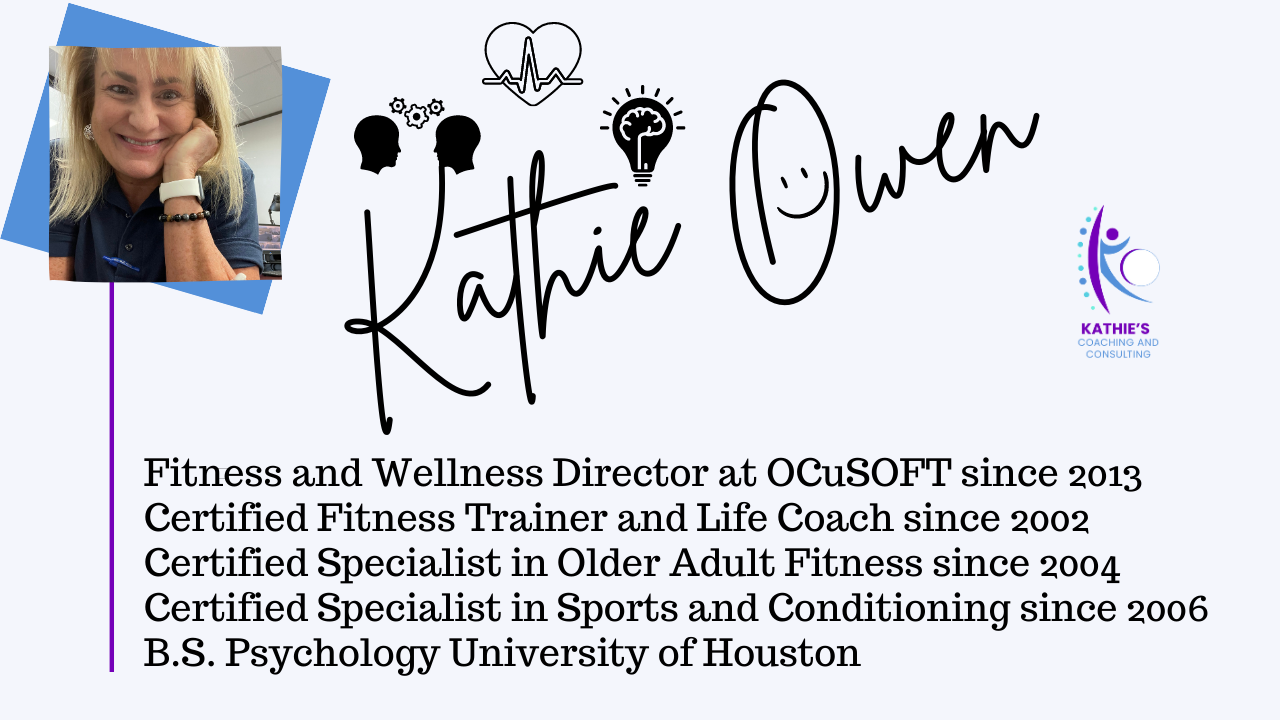Navigating Peri-Menopause: A Comprehensive Fitness Approach
Peri-Menopause and Fitness
As a certified fitness trainer and life coach with over two decades of experience, I've had the privilege of working with older adults for many years. Today, at the age of 58, I find myself at the precipice of peri-menopause, a phase in life that many women encounter. In this article, we will delve into the intricacies of peri-menopause symptoms, exploring why they occur and how to address them from a fitness perspective.
Estrogen Dominance and Its Impact
Peri-menopause often ushers in a condition known as estrogen dominance, which can significantly affect a woman's overall well-being. This hormonal roller coaster alters the delicate feedback mechanisms between the pituitary gland and the hypothalamus. The hypothalamus, a vital regulatory center in the body, governs essential functions such as blood pressure, body temperature, appetite, sex drive, and mood.
Estrogen dominance can lead to a slowdown in nutrient absorption, an increase in fat storage, water retention, and weight gain. It's crucial to remember that you are not solely what you eat but, more importantly, what you absorb.
Ready to dive deeper into your personal growth journey?
Grab our free course on flow state making everything in life easier! And subscribe to our newsletter for exclusive insights on fostering a growth mindset, healthy habits, fitness, and reality creation.
Weight Distribution and Hormonal Effects
Weight distribution during peri-menopause often shifts towards the abdomen, hips, and thighs. Bloat and weight gain may further elevate cortisol, commonly known as the stress hormone, while decreasing progesterone levels.
Heart Palpitations, Insomnia, and Migraines
Many women experience heart palpitations, insomnia, and migraines during this phase of life. These symptoms often arise due to the competing effects of calming and energizing systems within the body. Decreased progesterone can also intensify hot flashes and trigger carbohydrate cravings.
Reevaluating Cardiovascular Exercise
If you've been running or engaging in extended cardio sessions in the gym, thinking this would alleviate your health concerns, it's essential to reassess your approach. Prolonged cardiovascular exercise can be exceptionally catabolic, causing the body to break down rather than build up. This exacerbates hormonal imbalances.
Understanding the 90-90 Rule
The 90-90 rule states that exercising for 90 minutes at 90% of your maximum heart capacity equates to overtraining. This approach breaks down the body more than it builds it up.
Introducing the B.E.S.T. Training Program
Thankfully, there is a solution: B.E.S.T. training. A study conducted at the University of Arizona led to the development of the B.E.S.T. program, which stands for Bone Mineral Density, Estrogen, Strength, and Training. This regimen emphasizes higher-intensity weight training while decreasing the intensity of cardio workouts. It also encourages an increase in the consumption of healthy carbohydrates, fiber, and fluids.
The B.E.S.T. Components
Incorporate pelvic floor exercises, such as Kegels, into your routine.
Engage in moderate-intensity cardio exercises, targeting 70-80% of your maximum heart rate using suitable apparatus.
Lift weights with 8-10 repetitions at 60-70% of your one-rep maximum (1RM). Calculating your 1RM is essential to determine the appropriate weight for your strength training.
Benefits of the B.E.S.T. Formula
The B.E.S.T. formula enhances balance, strength, bone mineral density, metabolism, and stability in large muscle groups. By increasing resistance and reducing repetitions, this approach promotes greater bone mineral density, which is particularly beneficial during peri-menopause.
Enhance your well-being and maximize your potential!
Get our free course on Flow and Positive Psychology and find ease in everything. The way life was meant to be. Get our weekly newsletter on healthy habits, having a growth mindset, and reality creation today!
SIGN UP HERE!
Conclusion
In summary, the B.E.S.T. Method has been shown to effectively alleviate the symptoms of peri-menopause. To maximize its benefits, incorporate Kegel exercises, engage in moderate-intensity cardio sessions, and lift weights using a total-body approach at 60-70% of your 1RM for 15-25 repetitions per muscle group each week.
I can personally attest to the efficacy of this approach as a 58-year-old woman experiencing peri-menopause with minimal symptoms. However, it's essential to remember that individual results may vary due to factors such as genetics, body type, lifetime exercise habits, dietary choices, and overall health.
By adopting the B.E.S.T. Method and making informed lifestyle choices, you can empower yourself to navigate peri-menopause with grace and vitality, just as I have.














High-level executives often hire multiple specialists—sleep coaches, therapists, trainers—but conflicting advice creates chaos. The solution? A performance quarterback who coordinates all experts into one aligned system. Real results: better sleep, lower stress, 40% performance boost. #ExecutivePerformance #LeadershipAlignment #HighPerformance #ExecutiveCoaching #POWERProtocol #PeakPerformance #ExecutiveWellness